Comprehensive eye exams are much more than vision tests. They are a way to find eye problems before any symptoms show up. The eyes serve as windows to the body’s health, allowing your eye doctor to diagnose other issues early, like diabetes, before it causes significant damage to your body.
Comprehensive eye exams are for everyone, young and old. If it has been a while since your last comprehensive eye exam, it is time for you to book an appointment. So, what happens during a comprehensive eye exam?
Taking Your History
Comprehensive eye exams take an hour or more. It will start with the doctor asking about any eye or vision problems you may currently have. They will also want to know about your overall health. They will ask about any medications you may be taking and any conditions that may affect your eyesight. These may include environmental conditions and work or school-related conditions.
Finally, the doctor will ask you questions about any eye or health conditions that run in your family. It will give them insight on what to look out for if there are any family-related conditions.
Visual Acuity
These measurements evaluate how well each of your eyes sees objects. The doctor will ask you to read from charts to check your close and distance vision. The results will tell the doctor how well you can read different letters at a certain distance.
A 20/40 visual acuity shows that you need to get within 20 feet to read a letter. However, you should read the letter clearly at 40 feet. The optimal visual acuity is 20/20. The doctor can also check your peripheral vision and color perception.
Tonometry
Traditionally, the notorious air puff is used to check your eye pressure. We offer the iCare tonometer, an instrument that can quickly and comfortably measure your eye pressure to screen for glaucoma. With the iCare tonometer, you do not have to worry about feeling any puff of air. The procedure is painless, and there is no contact with the tonometer.
If you have high eye pressure, you may be at risk of getting glaucoma. The other kind of tonometry uses the applanation tonometer. The doctor mounts it on a slit lamp then puts eye drops in your eyes to numb them. They will stare straight into the slit lamp and touch the surface of your eye to measure the intraocular pressure. It is also a painless procedure.
Evaluation of Eye Focusing, Teaming, and Movement Abilities
Your eyes need to focus, move, and work in unison to see an image. The tests will check your binocular vision, looking for problems that make using both eyes difficult.
Eye Health
The doctor will use digital technology, microscopes, and lenses to assess the health of your eyes. While eye exams generally include a look at the front of the eye to evaluate health and prescription changes, a thorough screening of the retina is critical to verify that your eye is healthy. Your retina (located in the back of your eye) is the only place in the body where blood vessels can be seen directly. This means that in addition to eye conditions, signs of other diseases (for example, stroke, hypertension, and diabetes) can also be seen in the retina. Early signs of these conditions can show on your retina long before you notice any changes to your vision or feel pain.
Dilated eye exams allow the doctor to get a better view of the back of your eye. Alternatively, an Optomap retinal image is a great way to visualize the back of your eye without using eye drops. Getting an Optomap image is fast, painless, and comfortable. Nothing touches your eye at any time. It is suitable for the whole family. To have the exam, you simply look into the device one eye at a time (like looking through a keyhole) and you will see a brief flash of light to let you know the image of your retina has been taken.
The image capture takes less than a half-second and they are available immediately for you to see your retina. The image allows for an in-depth view of the retina to detect potential eye diseases, diabetes, or high blood pressure. Additionally, it serves as a part of your health record to monitor progressive eye disease.
After the Exam
You will receive your prescription lenses or medication after the exam. Ensure you have all the instructions you need and schedule your next checkup.
For more information on what happens during comprehensive eye exams, visit Clarity Eye Care at our office in McKinney, Texas. You can call (972) 954-9595 to book an appointment today.








